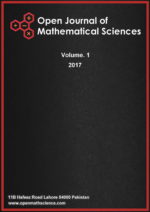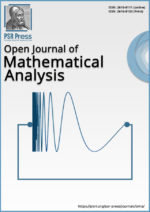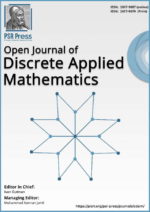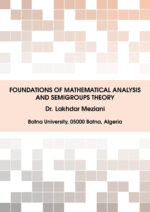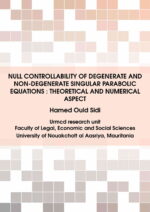Calculating degree-based topological indices and m-polynomials for various interconnection networks
Abstract: There are three different kinds of topological indices: spectrum-based, degree-based, and distance-based. We presented the \(K\)-swapped network for \(t\)-regular graphs in this study. We also computed various degree-based topological indices of the \(K\)-swapped network for \(t\)-regular graphs, eye, and \(n\)-dimensional twisted cube network. The metrics used to analyze the abstract structural characteristics of networks are called topological indices. We also calculate each of the aforementioned networks M-polynomials. A graph can be used to depict an interconnection network’s structure. The processing nodes in the network are represented by vertices, while the links connecting the processor nodes are represented by edges. We can quickly determine the diameter and degree between the nodes based on the graph’s topology. A key component of graph theory are graph invariants, which identify the structural characteristics of networks and graphs. Furthermore described by graph invariants are computer, social, and internet networks.


